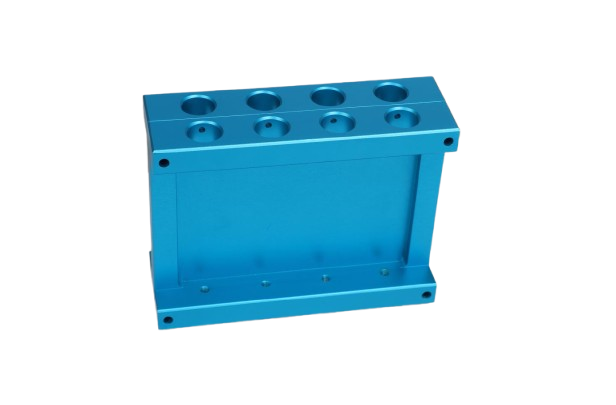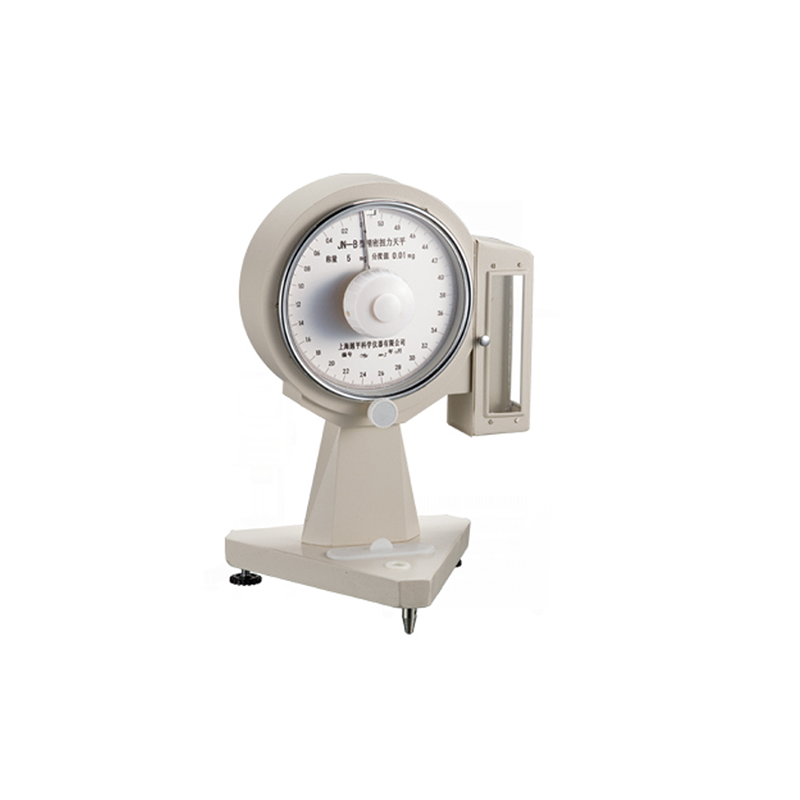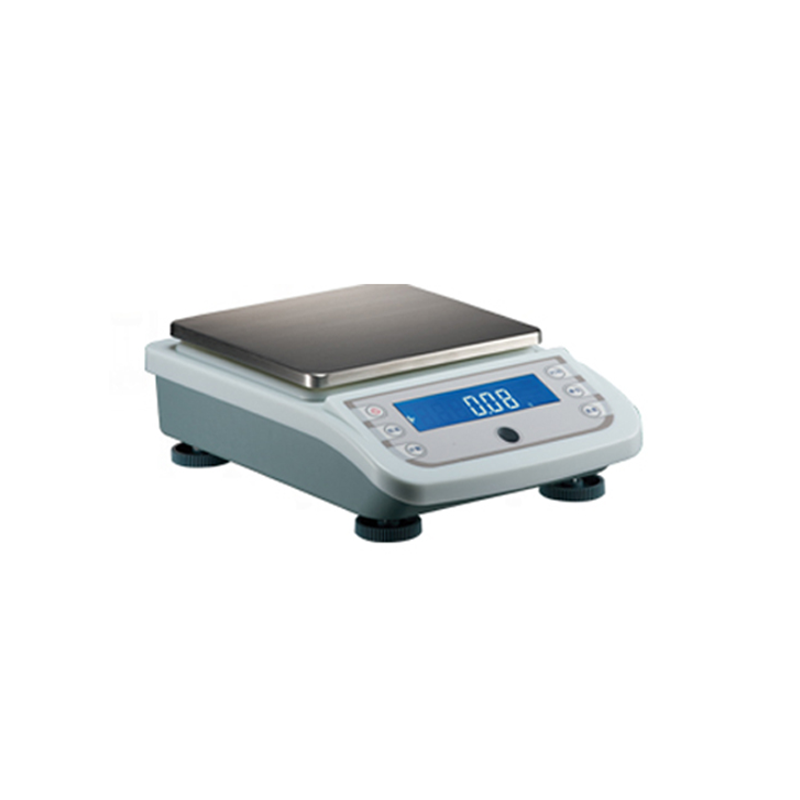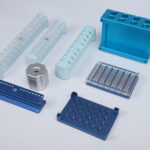
Promega Magnetic Rack Alternative – Cost-Effective Separation with Reliable Performance
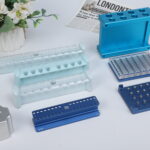
Agencourt Magnetic Rack Alternative – Affordable, Compatible, and Built to Last
Magnetic Rack Laboratory: Core Applications of Magnetic Separation Technology in Modern Laboratories
In modern molecular biology and biochemistry research,magnetic separation technology has become an indispensable experimental method,and the Magnetic Rack(magnetic stand)is emerging as the core platform driving this technology.This innovative laboratory equipment utilizes an integrated strong magnetic field system to rapidly capture target substances bound to magnetic particles—such as nucleic acids,proteins,and cells—achieving efficient separation from solution.
I.Magnetic Rack:A Revolutionary Tool for Laboratory Magnetic Separation
In modern molecular biology and biochemistry research,magnetic separation technology has become an indispensable experimental method,and the Magnetic Rack(magnetic stand)is emerging as the core platform driving this technology.This innovative laboratory equipment utilizes an integrated strong magnetic field system to rapidly capture target substances bound to magnetic particles—such as nucleic acids,proteins,and cells—achieving efficient separation from solution.
Compared to traditional centrifugation-based separation,Magnetic Rack-based magnetic separation offers significant advantages.It eliminates the need for high-speed centrifugation equipment,simplifying operational workflows while effectively preventing sample loss or cross-contamination that can occur during centrifugation.For instance,in nucleic acid extraction experiments,researchers only need place the magnetic bead solution bound with nucleic acids onto the Magnetic Rack.Within seconds,the beads are powerfully adsorbed onto the tube wall,and decanting the supernatant completes the separation process—dramatically reducing experimental time and enhancing workflow efficiency.
II.Structural Design and Magnetic Field Characteristics:Key Factors Influencing Separation Efficiency
The separation efficiency of a Magnetic Rack is closely tied to its sophisticated structural design and unique magnetic field characteristics.Structurally,common magnetic stands typically consist of a robust base and an array of magnets,often utilizing high-performance magnetic materials like neodymium iron boron to generate sufficient magnetic strength.
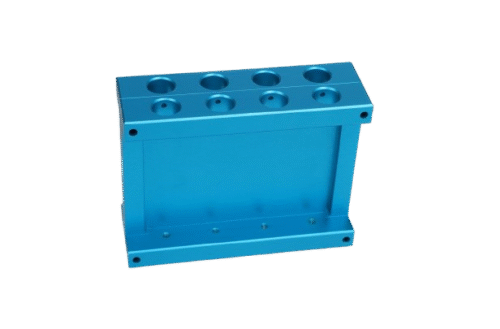
The arrangement of magnets is critical:
Multi-pole arrays create strong,focused magnetic fields that maximize adsorption efficiency.
Optimized spacing between poles ensures uniform field distribution across sample containers.
Adjustable configurations allow compatibility with various tube sizes,from microcentrifuge tubes to multi-well plates,making them versatile for different experimental setups.
The magnetic field strength is another vital parameter.Generally,a magnetic field strength ranging from 0.5 to 2 Tesla is suitable for most laboratory applications.Higher magnetic field strengths can accelerate the adsorption of magnetic particles,but excessive strength may cause non-specific adsorption of impurities,affecting the purity of the target substance.The magnetic field gradient is also crucial.A steep magnetic field gradient enables rapid and efficient capture of magnetic particles,even those with small sizes or low magnetic susceptibility.
In addition,the material of the Magnetic Rack’s surface in contact with the sample containers is carefully chosen.It is usually made of non-magnetic materials such as stainless steel or plastic to avoid interfering with the magnetic field distribution and to ensure easy cleaning and sterilization,preventing cross-contamination between experiments.
III.Wide-ranging Applications in Modern Laboratories
Molecular Diagnostics
Magnetic separation technology based on Magnetic Racks plays a pivotal role in molecular diagnostics.In the detection of infectious diseases,for example,it can be used to quickly extract viral nucleic acids from clinical samples such as blood,saliva,and urine.The extracted nucleic acids can then be subjected to PCR amplification and detection,enabling early and accurate diagnosis of diseases.This method not only shortens the detection time but also improves the sensitivity and specificity of the detection,which is of great significance for the control and treatment of infectious diseases.
Drug Discovery and Development
In the field of drug discovery and development,Magnetic Racks are widely used in protein-protein interaction studies,drug target screening,and high-throughput screening.For protein-protein interaction studies,magnetic beads coated with one protein can be used to capture its interacting partners from a complex biological sample.The Magnetic Rack then separates the magnetic beads with the protein complex,facilitating the identification and characterization of the interacting proteins.This helps researchers understand the mechanism of action of proteins and discover potential drug targets.
In high-throughput screening,Magnetic Racks enable the simultaneous processing of multiple samples in multi-well plates,greatly improving the efficiency of drug screening.This allows researchers to test a large number of compounds in a short period,accelerating the discovery of lead compounds.
Cell Therapy
Magnetic separation technology using Magnetic Racks is essential for cell isolation and purification in cell therapy.For example,in the preparation of chimeric antigen receptor T(CAR-T)cells,Magnetic Racks are used to isolate and purify T cells from peripheral blood mononuclear cells.The isolated T cells are then genetically modified to express CAR,enabling them to specifically recognize and kill cancer cells.Magnetic separation ensures the purity and viability of T cells,which is crucial for the efficacy and safety of CAR-T cell therapy.
IV.Future Trends and Developments
With the continuous advancement of science and technology,Magnetic Rack technology is also evolving.One of the future trends is the integration of Magnetic Racks with automated systems.Automated magnetic separation systems can further improve the efficiency and reproducibility of experiments,reducing human error.These systems can automatically perform sample loading,magnetic separation,washing,and elution steps,making them suitable for large-scale laboratory operations.
Another trend is the development of Magnetic Racks with adjustable magnetic field parameters.By allowing researchers to adjust the magnetic field strength and gradient according to specific experimental needs,these Magnetic Racks can optimize the separation efficiency for different types of magnetic particles and target substances.This enhances the versatility and applicability of Magnetic Racks in various research fields.
In addition,the combination of Magnetic Racks with other analytical techniques,such as mass spectrometry and chromatography,is expected to provide more comprehensive and in-depth analytical results.For example,after magnetic separation using a Magnetic Rack,the isolated target substances can be directly analyzed by mass spectrometry,enabling rapid identification and quantification.
In conclusion,Magnetic Racks,as a core tool of magnetic separation technology,have brought revolutionary changes to modern laboratories.Their unique structural design and excellent magnetic field characteristics ensure efficient and reliable separation of target substances.With their wide applications in molecular diagnostics,drug discovery and development,and cell therapy,and the continuous development of new technologies,Magnetic Racks will continue to play an important role in advancing scientific research and improving human health.

